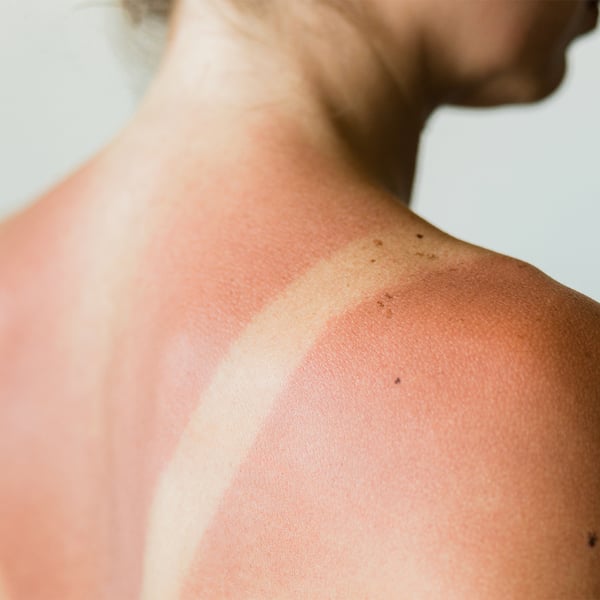
The type of treatment needed for burns will vary by the degree of burn. First-degree burns are a very common occurrence when an individual accidentally touches a hot stove or curling iron. A sunburn can also result in a first-degree burn. The skin is usually still intact but may appear red, warm, or hot to the touch and painful. There may also be small blisters and swelling in and around the area of injury.
First-degree burns
Many first-degree burns are treated at home with proper first aid treatments for burns:
- Cool the burn. Immediately immerse the burn in cool tap water or apply cold, wet compresses. Do this for about 10 minutes or until the pain subsides.
- Apply petroleum jelly two to three times daily. Do not apply ointments, toothpaste, or butter to the burn, as these may cause an infection.
- Cover the burn with a nonstick, sterile bandage. If blisters form, let them heal independently while keeping the area covered. Do not pop the blisters.
- Consider taking over-the-counter pain medication. Acetaminophen or ibuprofen can help relieve the pain and reduce inflammation.
Second-degree burns
A second-degree burn occurs when the second layer of skin (dermis) is burned. This burn is usually very red, blistered, extremely painful, and swollen. If a second-degree burn is smaller than 2-3 inches, it may be treated as a minor burn. If the area burned is larger than this, or involves functional parts of the body such as feet, face, eye, ears, groin, or located over major joints, take the person to the nearest emergency room to have the burn evaluated. When it doubt, get it checked out.
Third-degree burns
A third-degree burn is a very serious burn involving all layers of the skin and can cause permanent tissue damage. The skin may appear blackened, charred, or white, and the texture of the skin may be dry or leathery. A healthcare provider should evaluate all third-degree burns immediately. Call 911 if someone you know is experiencing this type of burn.
Healing Time
First and second-degree burns may take several days to heal. During that time, the affected area must be observed for infection, such as redness extending beyond the burned area, changes in the appearance of the wound, or slight fever not relieved by Tylenol. As your skin begins to heal, you may notice that it will itch, which can sometimes be very uncomfortable. This is normal and will eventually decrease. Frequent lotion application can help keep the skin hydrated and minimize itching. If the itching is too severe, over-the-counter medication such as Benadryl may help ease the discomfort.
The wound should be kept clean with daily dressing changes. If you have any concerns or questions, consult your local board-certified dermatologist.





